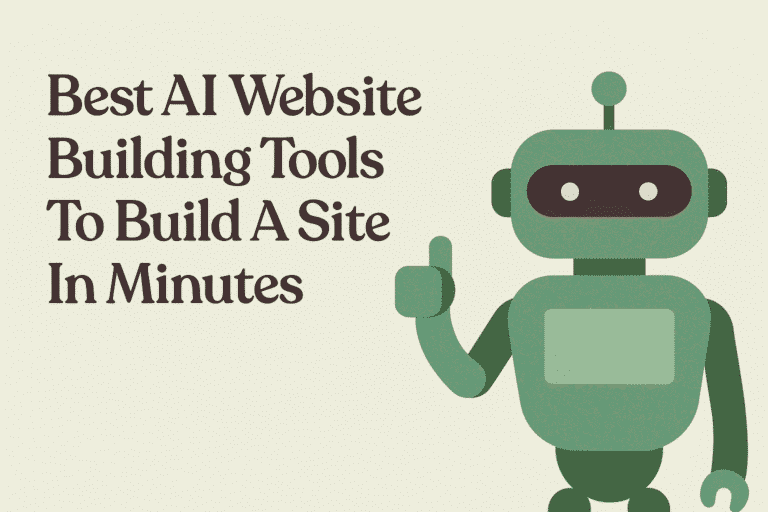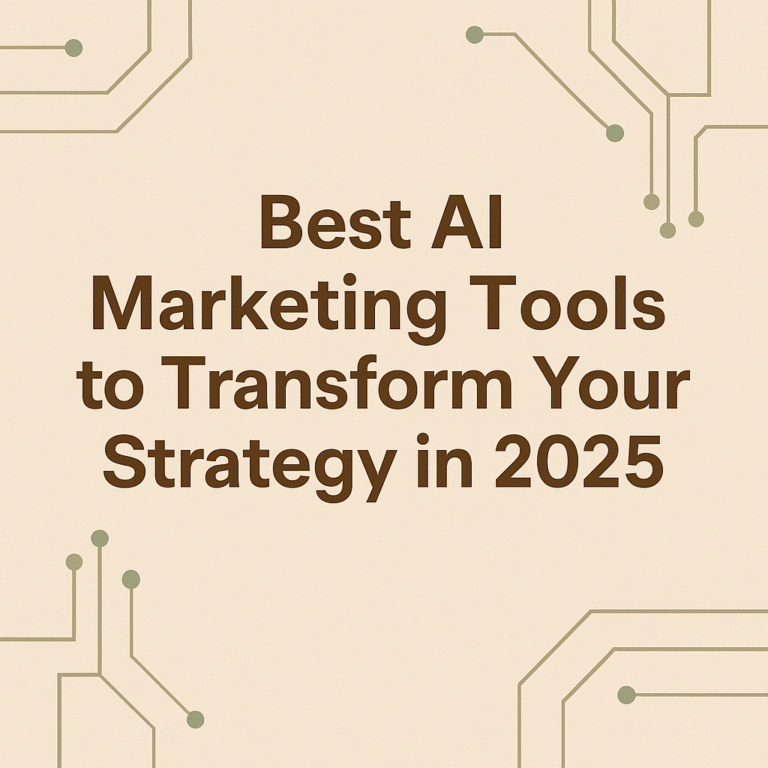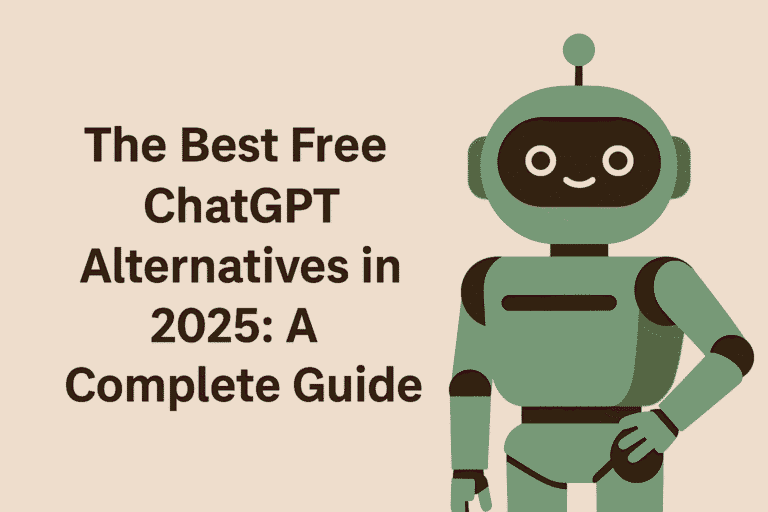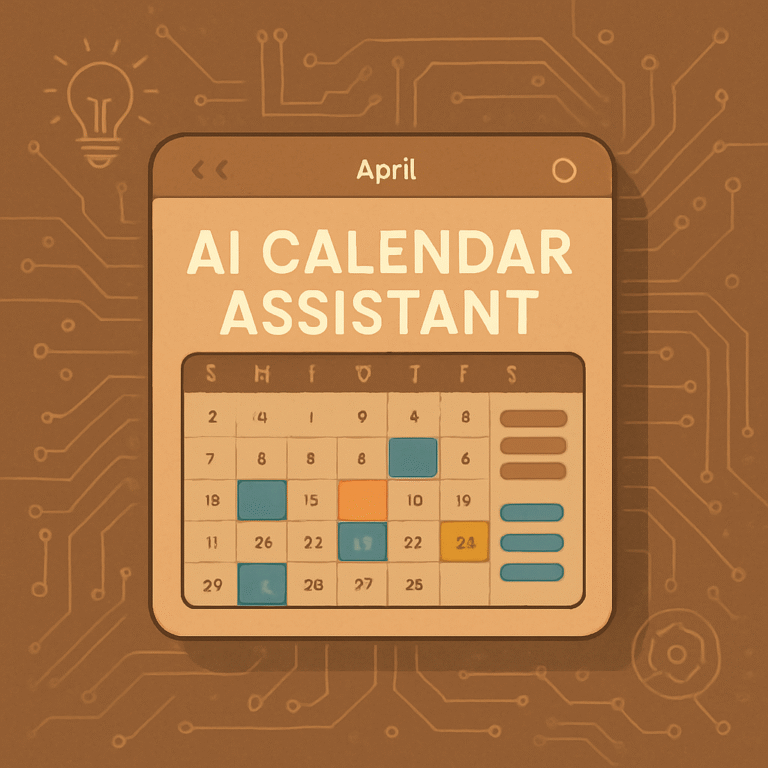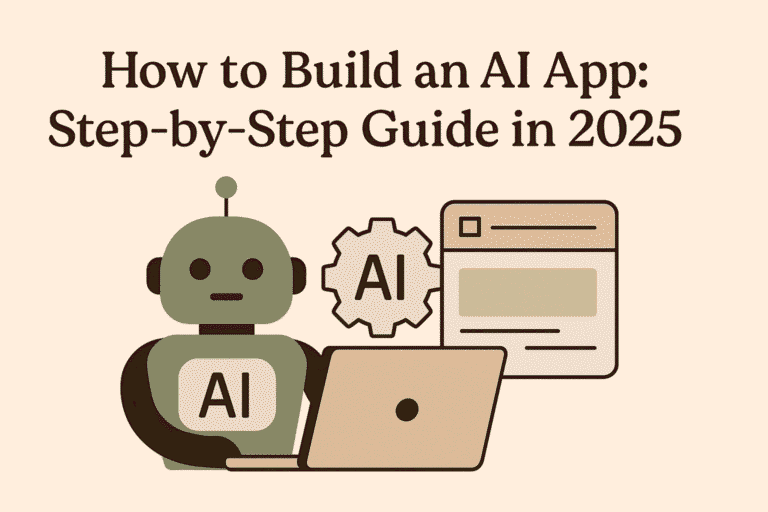Why AI Workflow Automation Matters
Introduction: Why AI Workflow Automation Matters
In today’s fast-moving digital world, businesses can’t afford to waste time on manual tasks and repetitive processes. That’s where AI-powered workflow automation steps in — streamlining processes, cutting operational costs, boosting customer satisfaction, and giving companies a true competitive edge. The good news? Thanks to advances in AI tools, machine learning, and natural language processing, AI workflow automation is now easier and more accessible than ever, even for businesses without technical expertise.
Understanding AI Workflows
What Are AI Workflows?
At its core, an AI workflow is a series of tasks automated by AI technologies. These workflows use ai models, data analysis, and even deep learning to complete specific tasks without much — or sometimes any — human intervention.
Traditional Workflow Automation vs AI-Driven Workflows
While traditional automation handles simple, rule-based tasks, AI-driven workflows go a step further: they handle complex tasks, adapt over time using historical data, and make data-driven decisions that traditional systems just can’t match.
The Power of Artificial Intelligence in Business Operations
AI-powered workflows are transforming business operations, helping companies streamline daily operations, improve resource allocation, and align better with strategic goals.

The Benefits of Automating Workflows with AI
1. Boosting Operational Efficiency
By taking over time-consuming tasks, AI automation ensures smoother workflows and faster delivery.
2. Cutting Operational Costs
Automated workflows reduce the need for large administrative teams, leading directly to cost savings.
3. Minimizing Human Intervention and Error
AI handles routine tasks with precision, eliminating the risks associated with human error.
4. Enhancing Customer Experience and Satisfaction
Quick responses to customer inquiries, personalized interactions, and improved customer service workflows contribute to better overall customer satisfaction.
5. Achieving Strategic Goals Faster
AI enables companies to move swiftly toward strategic goals by streamlining business processes and optimizing resource allocation.

Key Concepts Behind AI Workflow Automation
AI Models and Machine Learning: The Brains Behind Automation
Machine learning enables AI systems to learn from data, predict outcomes, and improve over time without being explicitly programmed for every task.
Natural Language Processing: Teaching AI to Understand Human Language
Natural language processing (NLP) allows AI to understand, interpret, and respond to human language — crucial for automating tasks like customer support and content creation.
Predictive Analytics: Data-Driven Decisions for Competitive Edge
Using predictive analytics, businesses can make smarter choices based on patterns found in historical data, gaining a significant competitive advantage.
Common Use Cases for AI Workflow Automation
1. Customer Service Workflows
From chatbots handling FAQs to smart AI agents escalating complex tickets, customer service is being revolutionized.
2. Content Creation and Product Descriptions
Generative AI tools now produce product descriptions, blog posts, and even social media posts at scale.
3. Marketing Campaign Management
AI helps schedule campaigns, personalize emails, and optimize ad placements automatically.
4. Lead Generation and Social Media Posts
Automated AI workflows manage lead generation, nurturing prospects through smart interactions across channels.
5. Healthcare and Patient Care Workflows
In the healthcare industry, AI assists in scheduling, patient care documentation, and even diagnostic support.
6. Data Extraction and Manual Data Entry Reduction
Tools using optical character recognition (OCR) and NLP automate data collection and data extraction from unstructured documents.
Types of Tasks AI Can Automate
Routine Tasks and Repetitive Tasks
Tasks like updating CRM records, sending reminders, and generating reports can be fully automated.
Complex Tasks and Complex Workflows
AI handles complex workflows like regulatory compliance checks or cross-system data validation.
Administrative Tasks and Rule-Based Tasks
From invoice processing to HR onboarding — rule-based tasks are prime targets for automation.
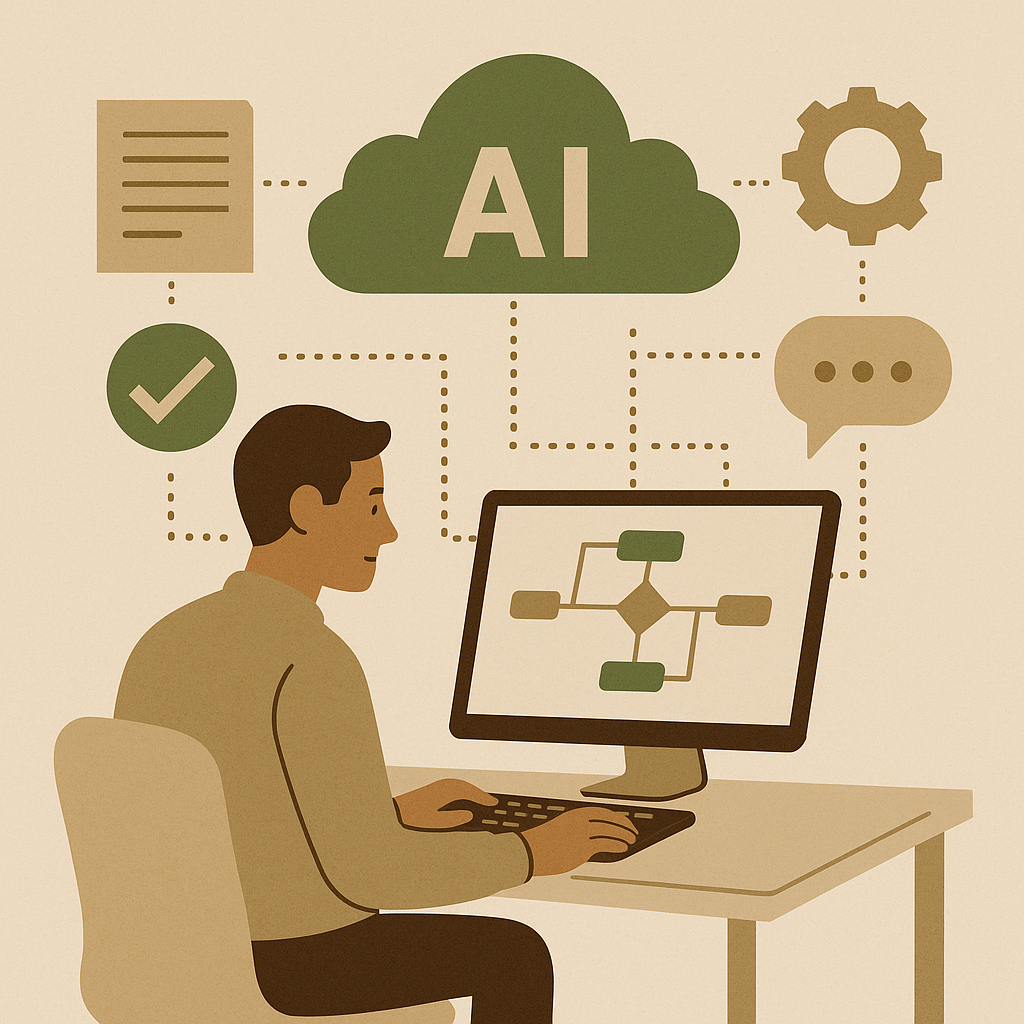
Key Features To Look For in AI Workflow Automation Tools
Ease of Use and Seamless Integration
The best AI-powered tools offer ease of use and seamless integration with your existing systems through application programming interfaces (APIs).
Security Measures and Data Quality Assurance
Prioritize tools that guarantee data security and maintain data quality across processes.
Support for Regulatory Compliance
Especially in industries like healthcare and finance, regulatory requirements must be baked into your automation strategy.
Adaptability to Different Needs and Various Industries
Choose flexible tools that meet the specific needs of your business and can handle the diverse demands of various industries.
Popular AI Workflow Automation Tools (No-Code Platforms)
1. Zapier: Automate Without Coding
Zapier connects over 6,000 apps, helping you automate tasks like email follow-ups, CRM updates, and even Slack notifications — no coding needed!
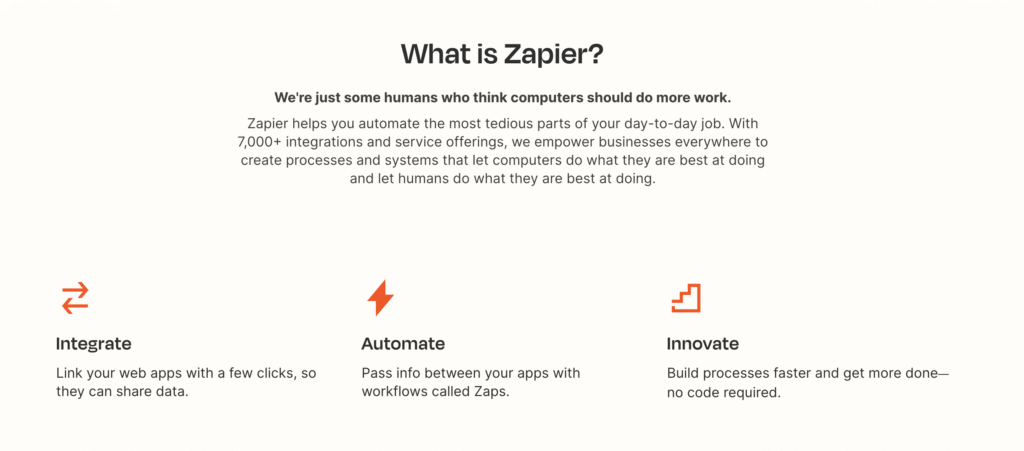
2. n8n.io: Open Source Workflow Automation
n8n.io offers an open-source platform that gives you complete control to build ai-powered workflows using a visual editor.
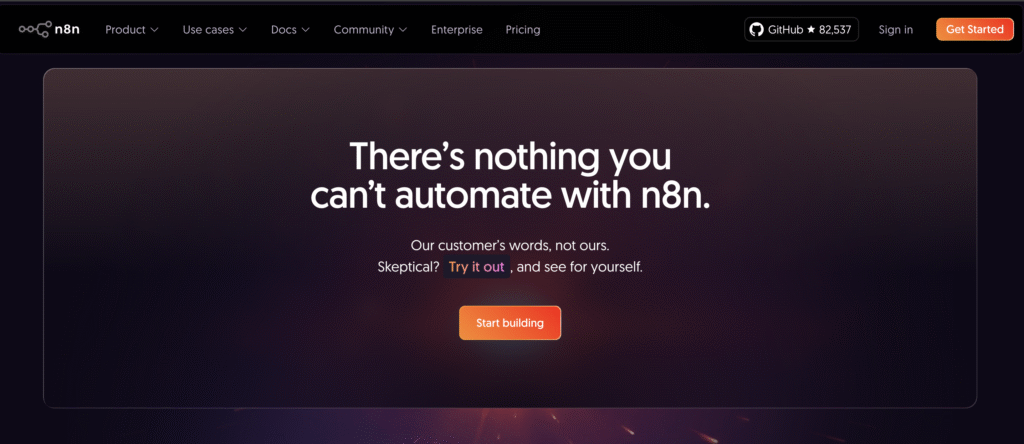
3. Make.com: Visual Automation Builder
Make.com (formerly Integromat) is known for building complex workflows visually, making it easier to automate business operations without writing code.
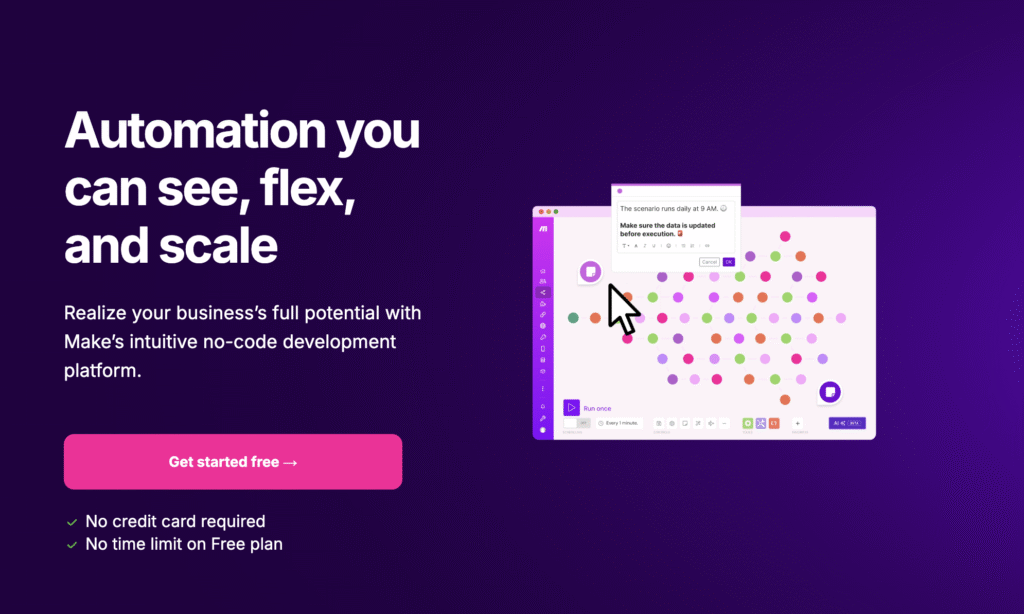
4. Upcoming: Google Agent Space (Business Scale AI)
Google is set to launch Agent Space, targeting enterprises with 100+ users, combining ai agents, workflow automation, and data-driven decisions into a single platform. Coming soon!
5. Others to Watch: Pipedream, Relay.app, Bardeen AI
New players like Gumloop, Relay.app and Bardeen AI are bringing fresh innovations to AI workflow automation tools, focusing on ease of use and smart ai-driven automation.
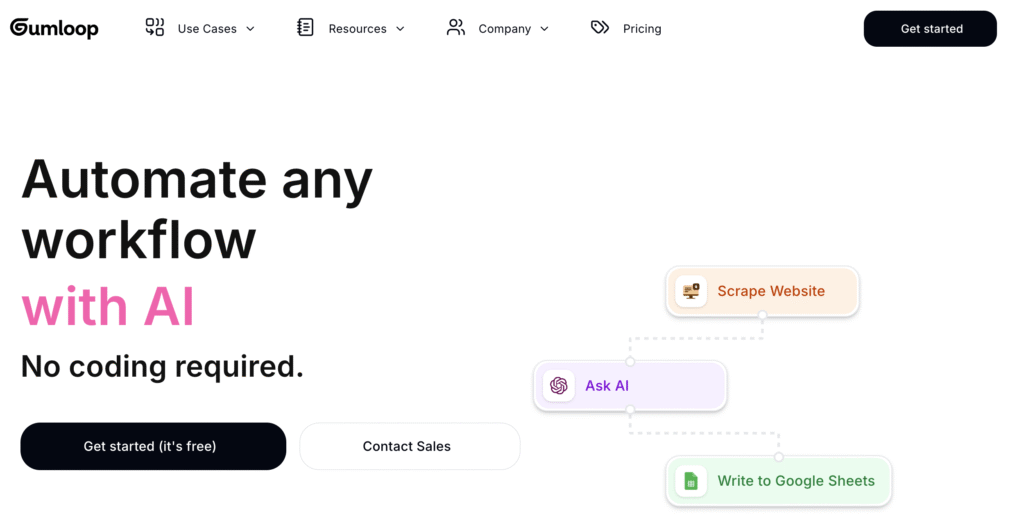
For Complex AI Workflows: Code-First Platforms
1. Google Vertex AI: Enterprise-Grade AI Workflows
Google Vertex AI offers an advanced platform for building, deploying, and scaling AI models across business processes — ideal for larger companies with in-house developers.
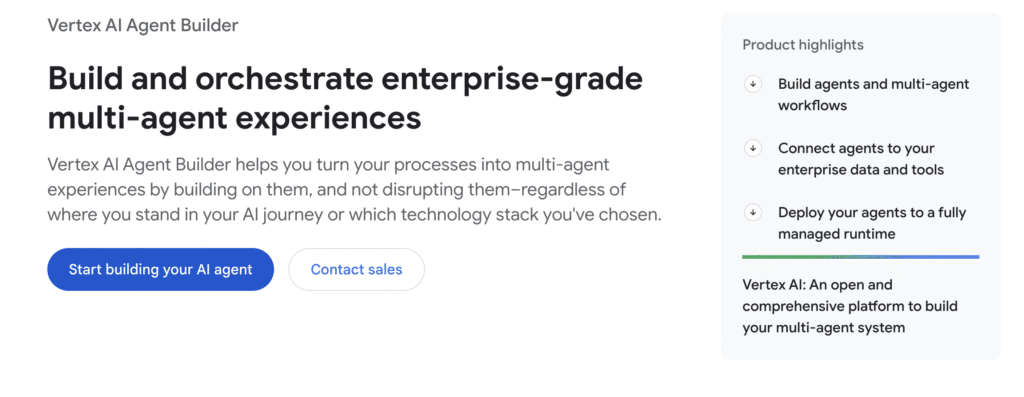
2. AWS Step Functions + AI Services
Amazon’s Step Functions combined with AI services allow for robust, serverless, and deeply customizable workflows.
3. Azure Logic Apps with AI Models
Microsoft Azure integrates AI capabilities directly into Logic Apps, helping companies automate complex workflows with powerful ai-powered tools.
How To Start: A Step-by-Step Guide to AI Workflow Automation
Step 1: Identify Specific Tasks and Business Processes
Pinpoint repetitive tasks, manual tasks, and areas of human error you want to automate.
Step 2: Choose the Ideal Tool for Your Needs
Select based on ease of use, integration capabilities, and your team’s technical knowledge.
Step 3: Plan for Seamless Integration
Use APIs and native integrations to ensure your new AI workflows fit naturally into your daily operations.
Step 4: Ensure Data Security and Quality Control
Implement strong security measures and ongoing checks to maintain relevant data quality.
Step 5: Test, Monitor, and Optimize AI-Powered Workflows
Automation is never “set it and forget it.” Test early, monitor continuously, and tweak your AI agents to reach peak performance.
Challenges and Pitfalls to Avoid
Over-Reliance on AI Agents
While powerful, AI should support, not completely replace, human judgment.
Neglecting Data Security and Regulatory Compliance
AI must always align with strict security measures and compliance protocols, especially when handling customer base data.
Underestimating the Need for Human Oversight
AI can handle many administrative tasks, but human intervention remains critical for oversight and quality control.
The Future of AI-Driven Workflow Automation
Emergence of AI Agents
Expect more sophisticated ai agents managing full processes across business operations.
Greater Use of Deep Learning and Unstructured Data Processing
Automation will increasingly tap into unstructured data using deep learning, enabling smarter, more intuitive workflows.
Increased Accessibility of No-Code AI Workflow Solutions
More businesses, regardless of size, will access AI capabilities through no-code platforms like Zapier, Make.com, and Google Agent Space.
Conclusion: Good News — AI Workflow Automation is Within Reach
If you’re looking to streamline processes, reduce operational costs, and drive customer satisfaction, AI workflow automation is a must. Whether you prefer no-code tools like n8n.io or enterprise-level solutions like Google Vertex AI, the key is careful planning and selecting the right automation solution for your specific needs. With a little preparation, the power of artificial intelligence can transform your business processes for good.
FAQs
1. What industries can benefit most from AI workflow automation?
Virtually all industries — from healthcare to finance — can benefit, especially those handling data collection, content creation, and customer support.
2. How does AI workflow automation impact operational efficiency?
It automates routine tasks, reduces bottlenecks, improves accuracy, and enables faster decision-making.
3. What is the difference between robotic process automation and AI-driven workflows?
Robotic process automation (RPA) automates simple, rule-based tasks, while AI-driven workflows tackle more complex workflows using learning and predictive abilities.
4. Are no-code AI workflow tools secure for handling customer data?
Most leading platforms prioritize data security and offer compliance-ready frameworks, but it’s crucial to evaluate each tool’s protocols.
5. How can businesses ensure successful AI workflow implementation?
Start with careful planning, ensure seamless integration, monitor continuously, and combine AI workflows with strong human oversight.

